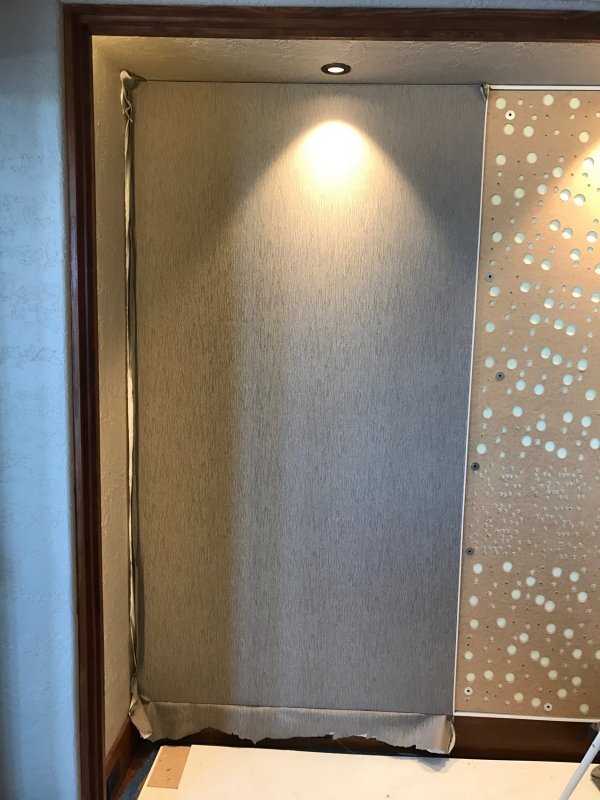Hello all,
I would like to hear some thoughts on reverb in a listening room. I have a smaller room that was designed by an acoustician and it is almost all absorption. There is no drywall in the room. The walls behind the speakers have 1/4 inch pegboard on the studs and all other walls and ceiling have 2 inch rigid fiberglass over 1/4 inch pegboard. There is Rockwool in between the studs and in the ceiling. Everyone that has listened to my system has said it is over damped. Is this because they are just used to hearing reverb or does reverb play an important role in the quality of the music. Thank you for your thoughts.
Ron
I would like to hear some thoughts on reverb in a listening room. I have a smaller room that was designed by an acoustician and it is almost all absorption. There is no drywall in the room. The walls behind the speakers have 1/4 inch pegboard on the studs and all other walls and ceiling have 2 inch rigid fiberglass over 1/4 inch pegboard. There is Rockwool in between the studs and in the ceiling. Everyone that has listened to my system has said it is over damped. Is this because they are just used to hearing reverb or does reverb play an important role in the quality of the music. Thank you for your thoughts.
Ron

















